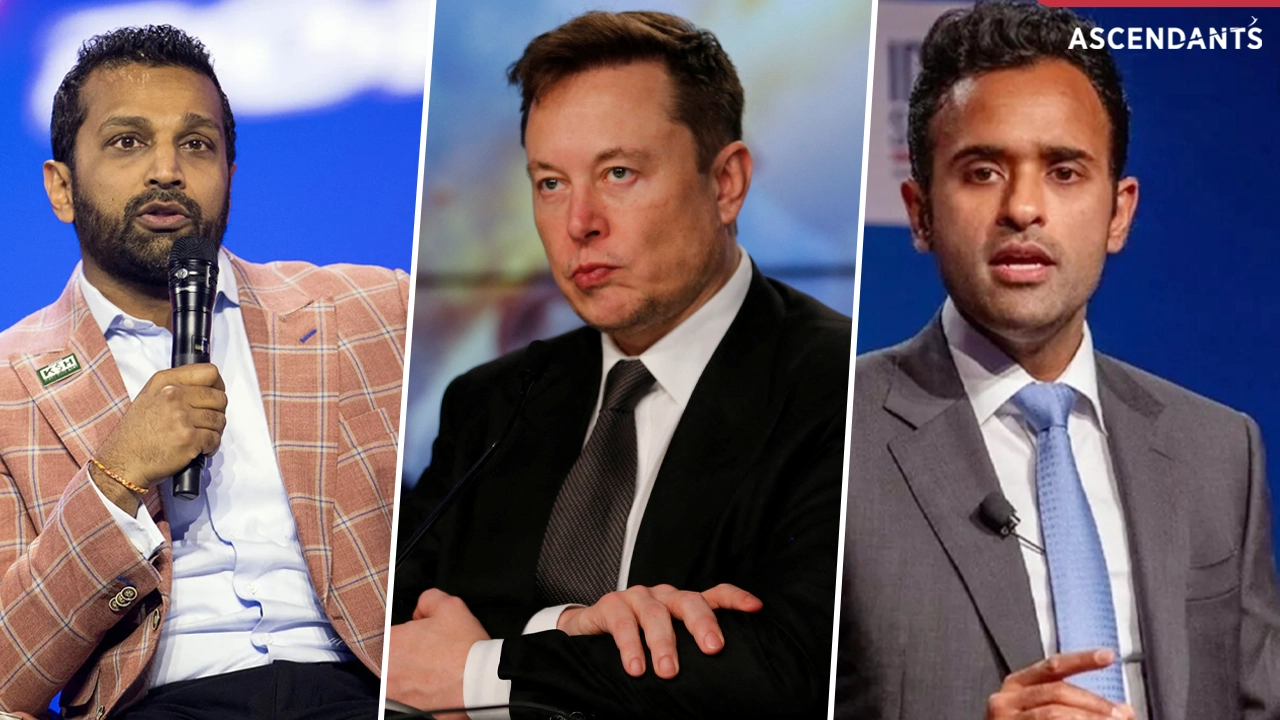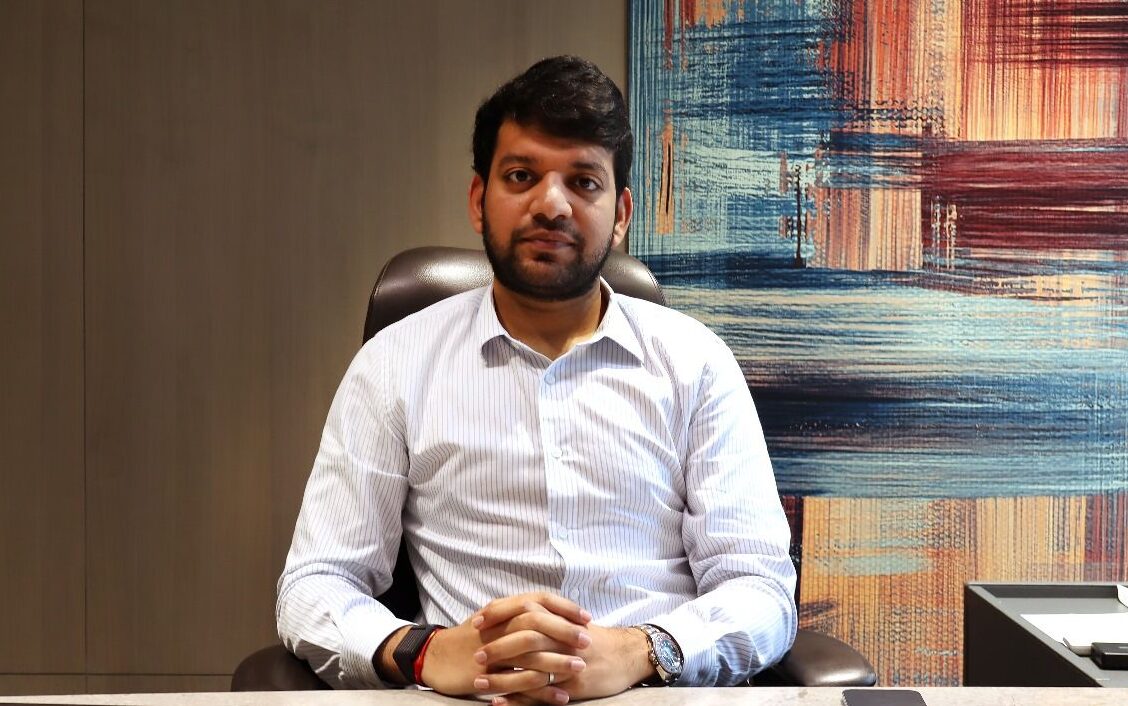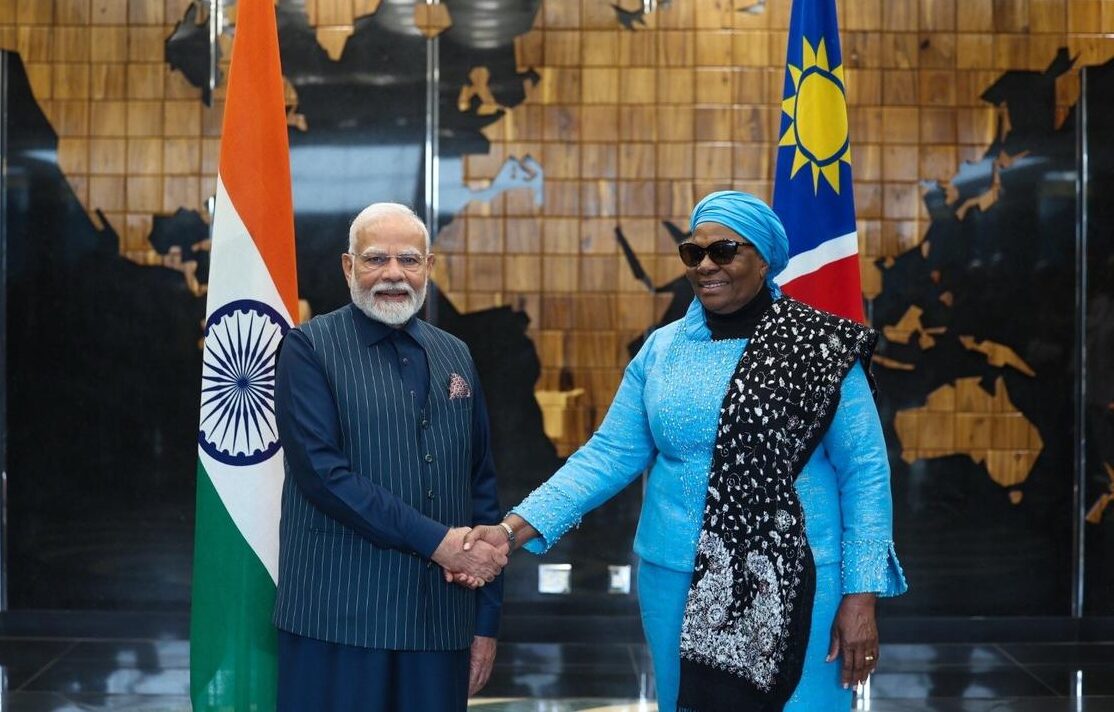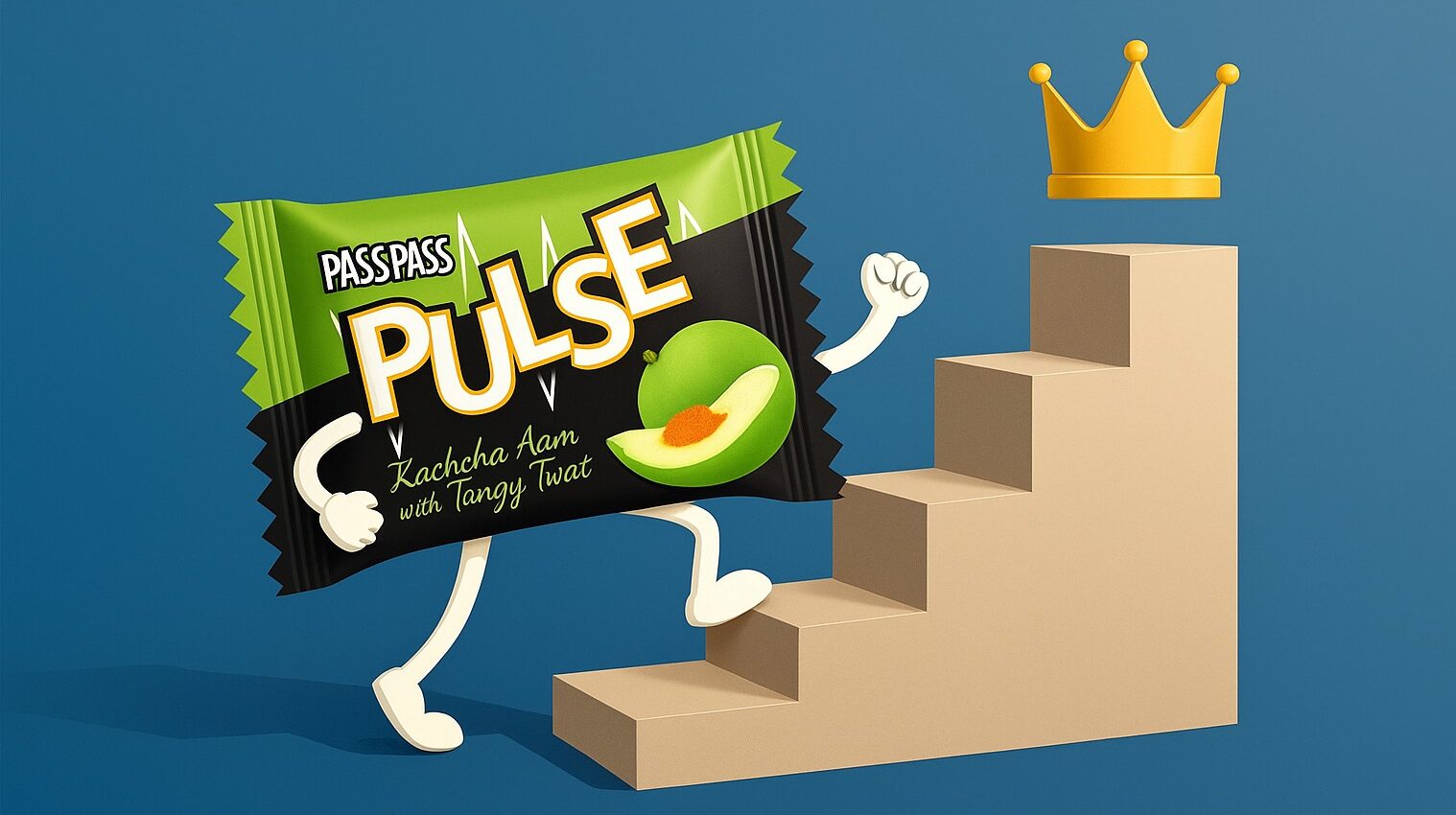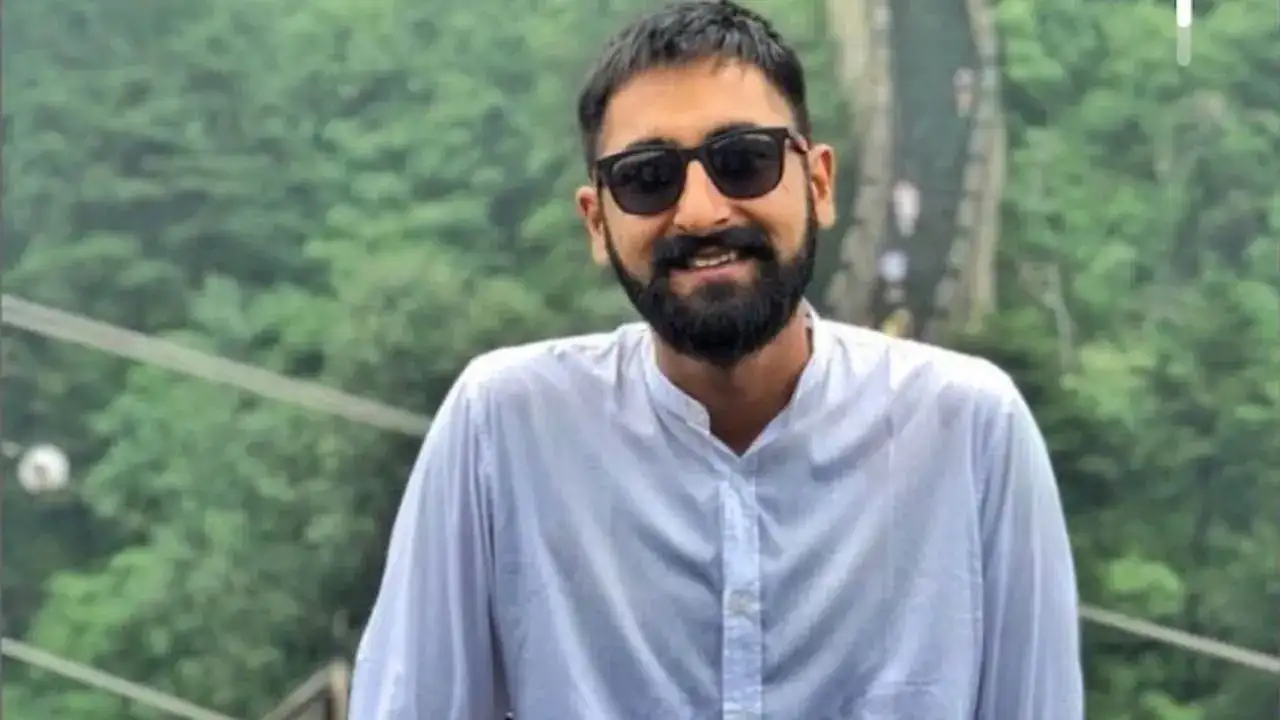Elon Musk’s unconventional leadership style has always been disruptive, but recent high-profile disputes with technocrats of Indian origin—Vivek Ramaswamy and Kash Patel—have sparked new debates. Are these just operational clashes, or is there an underlying pattern to Musk’s confrontations with Indian-origin leaders?
Vivek Ramaswamy’s H-1B Critique Sparks a Rift
Tensions escalated last year in December when Vivek Ramaswamy publicly criticized the H-1B visa system on X. In a strongly worded post, Ramaswamy argued that the American system favours “the prom queen over the math olympiad champ and the jock over the valedictorian.” His comments suggested that visa allocations were influenced by social and corporate dynamics rather than purely meritocratic technical qualifications.
This stance stood in direct contrast to Musk’s long-standing advocacy for high-skilled immigration. Musk, who has consistently argued that the U.S. has a permanent shortage of elite engineering talent and that high-skilled immigration is critical for maintaining America’s edge in innovation.

Musk said he once worked in the United States on an H-1B visa and depended on these work visas for the operation of his tech companies. They are essential due to the number of skilled workers needed to handle the rise of new technologies.
“OF COURSE my companies and I would prefer to hire Americans and we DO, as that is MUCH easier than going through the incredibly painful and slow work visa process,” he posted. “HOWEVER, there is a dire shortage of extremely talented and motivated engineers in America.“
While Ramaswamy’s critique was framed as a broader cultural observation, insiders suggest that his views clashed with Musk’s open-door approach to global technical talent. Sources suggest this ideological divergence, along with other disagreements, contributed to his eventual departure from the Department of Government Efficiency (DOGE), which he co-led with Musk.
Kash Patel and the FBI Showdown
Musk, known for his radical push for efficiency at DOGE, recently implemented a strict five-bullet-point directive for federal employees under his purview. He sent an email requiring all employees to submit five concise bullet points summarizing their weekly accomplishments. The directive was clear: failure to comply would be treated as an implied resignation.
This demand reflected Musk’s signature management style—cutting through bureaucracy and prioritizing clear, results-driven reporting. He emphasized that “the bar is very low,” and that any bullet points making sense would suffice. But the directive, while seemingly simple, rattled many within the federal structure, as it directly challenged the layers of formal oversight traditionally present in government work.

This did not sit well with Kash Patel, the newly appointed FBI Director. Almost immediately after taking charge, Patel ordered FBI employees to put Musk’s five-bullet-point directive on hold, pending internal review.
Patel’s swift move signaled that he would not allow institutional norms to be upended overnight. He insisted that FBI protocols and procedures must be followed, effectively challenging Musk’s ability to demand direct accountability from government employees in the manner he would at a private company.
This was not the first time Patel had questioned Musk’s influence. In previous discussions, Patel had raised concerns over Musk’s control of data from X (formerly Twitter) and whether it could create an unchecked monopoly on public discourse. Patel’s intervention at the FBI only deepened the growing tensions between Musk and Indian-origin leaders in influential positions.
Musk, Trump, and the ‘Fort Knox’ Bond
Amid these conflicts, an unexpected alliance has strengthened—Musk and former President Trump. As Trump continues to challenge established government structures, he has aligned with Musk’s vision of dismantling bureaucracy in favor of a results-oriented system.
Reports suggest that Trump has expressed his intention to “take Musk to Fort Knox”—a symbolic gesture that underscores the former president’s willingness to back Musk’s endeavors with full political and financial support. This relationship has only been reinforced after Trump’s recent legal victory against Twitter, to which Elon Musk expressed that he had directed his Team at X, to do what’s right. This shows their camaraderie and ability to put aside differences and work together, be it Elon Musk’s EV Business juxtaposed against Trump’s Automobile Industry’s revival or Elon Musk’s interest in setting up a Factory in India which Trump believes to be Unfair to US as he aims to boost employment in their own country.
Is There a Bias Against Indian-Origin Technocrats?
While no concrete evidence suggests that Musk harbors direct bias against Indian-origin figures, the pattern is difficult to ignore. Ramaswamy and Patel—two high-profile Indian-American leaders—both found themselves in direct conflict with Musk’s vision.
Could this be a simple matter of operational clashes, or does Musk’s management style disproportionately clash with technocrats who emphasize structure and institutional protocols? While Musk has shown admiration for India’s engineering talent in the past and has made significant business moves in India, his aggressive restructuring efforts have repeatedly led to rifts with figures of Indian origin in key positions.
As Musk continues to challenge conventional systems to a revolutionary transformation, the next few months will tell if these conflicts were mere power struggles or if there is a deeper trend—a trend that will define the future of leadership dynamics in technology and governance.
Also Read: Elon Musk’s first month ruined America for decades – Elizabeth Lopatto









